Microphones
“Microphones are like ears, they can hear things that the human ear cannot hear. They are the gateway to the soul of the sound.” – Neumann
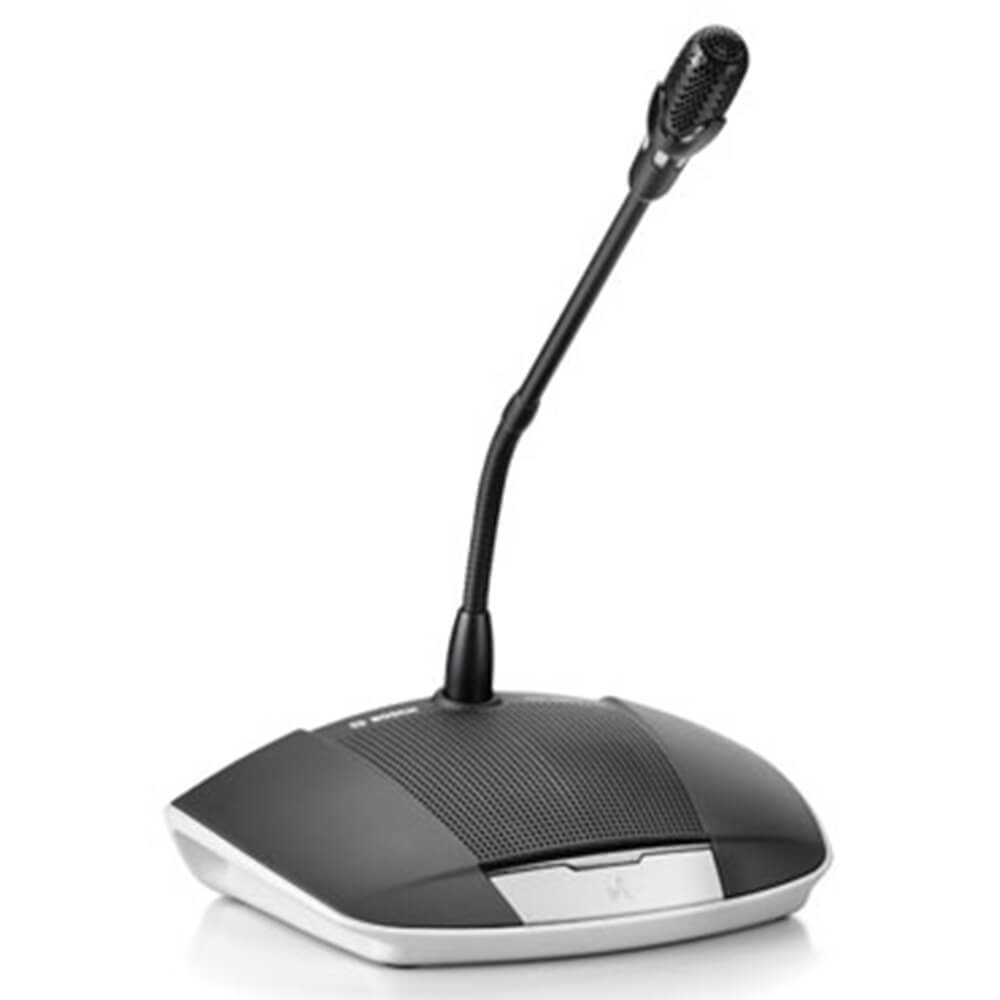
The Power of Microphones
In today’s digital age, microphones play a pivotal role across various industries and settings, revolutionizing communication and audio recording. From professional studios to conference halls and live performances, understanding the diverse uses of microphones is crucial for optimizing sound quality and enhancing user experience. Microphones are indispensable tools for musicians, podcasters, broadcasters, public speakers, and content creators. They capture sound waves and convert them into electrical signals, enabling clear and precise audio reproduction. Whether it’s capturing vocals, musical instruments, or ambient noise, selecting the right microphone type – such as dynamic, condenser, or shotgun – is essential for achieving desired results.
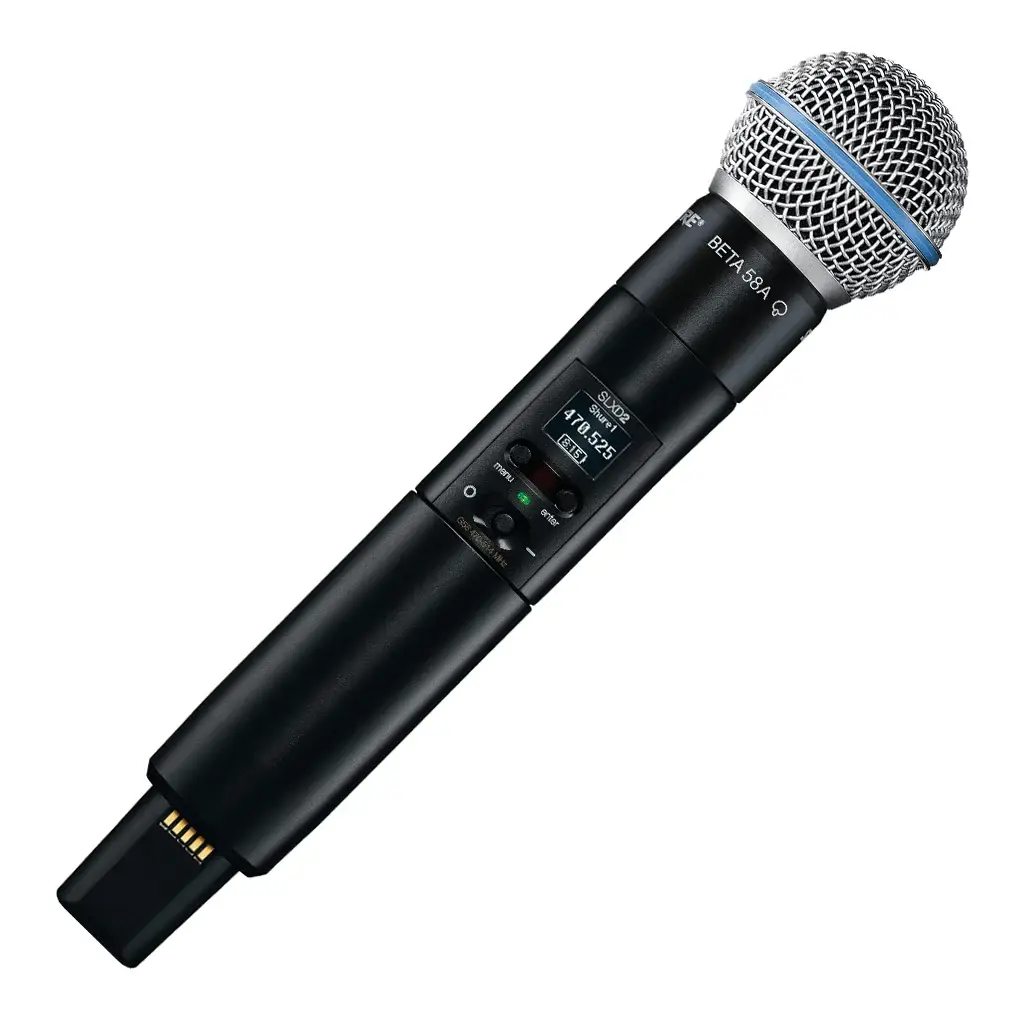
Wireless Microphone
Enjoy clear sound and freedom to move, captivating your audience effortlessly. Roam the stage, interact confidently, and elevate your presentations with unparalleled convenience and professional sound quality.
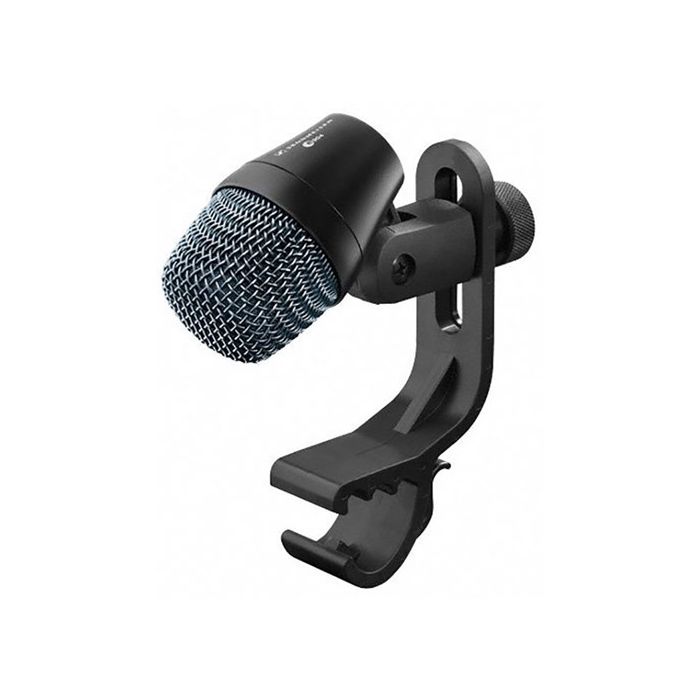
Instrument Microphone
Instrument microphones capture the distinct sounds of musical instruments with precision and fidelity. From guitars to drums, they reproduce every note faithfully for a rich listening experience.
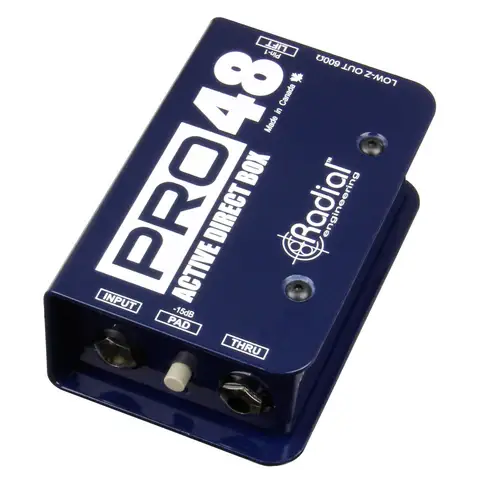
Direct Inputs (DI)
Direct Inputs, or DIs, are essential tools for connecting instruments directly to audio systems. They ensure clean, balanced signals, eliminating interference and optimizing sound quality for live performances and studio recordings.

Conference Microphone
Enjoy clear sound and freedom to move, captivating your audience effortlessly. Roam the stage, interact confidently, and elevate your presentations with unparalleled convenience and professional sound quality.
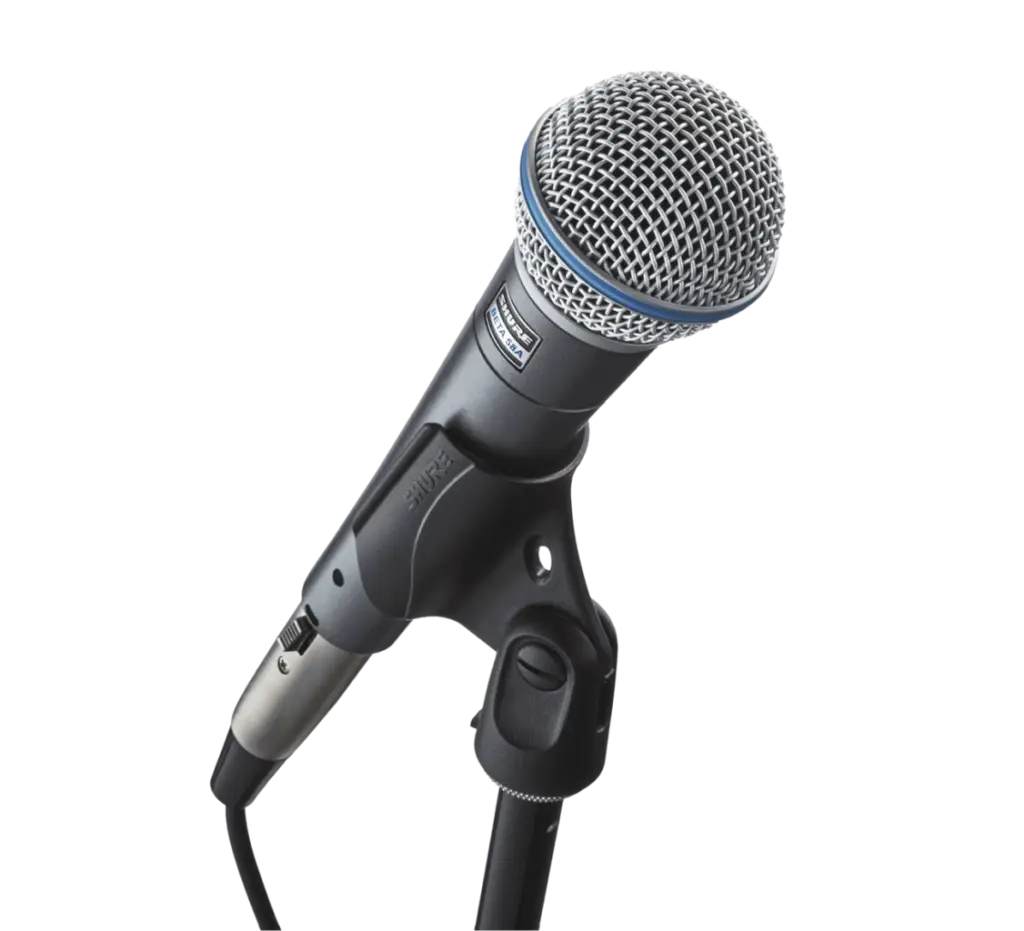
Wired Microphone
Wired microphones deliver reliable sound capture for various applications. With durable construction and stable connectivity, they ensure clear audio reproduction, making them essential tools for recording, performances, and presentations.
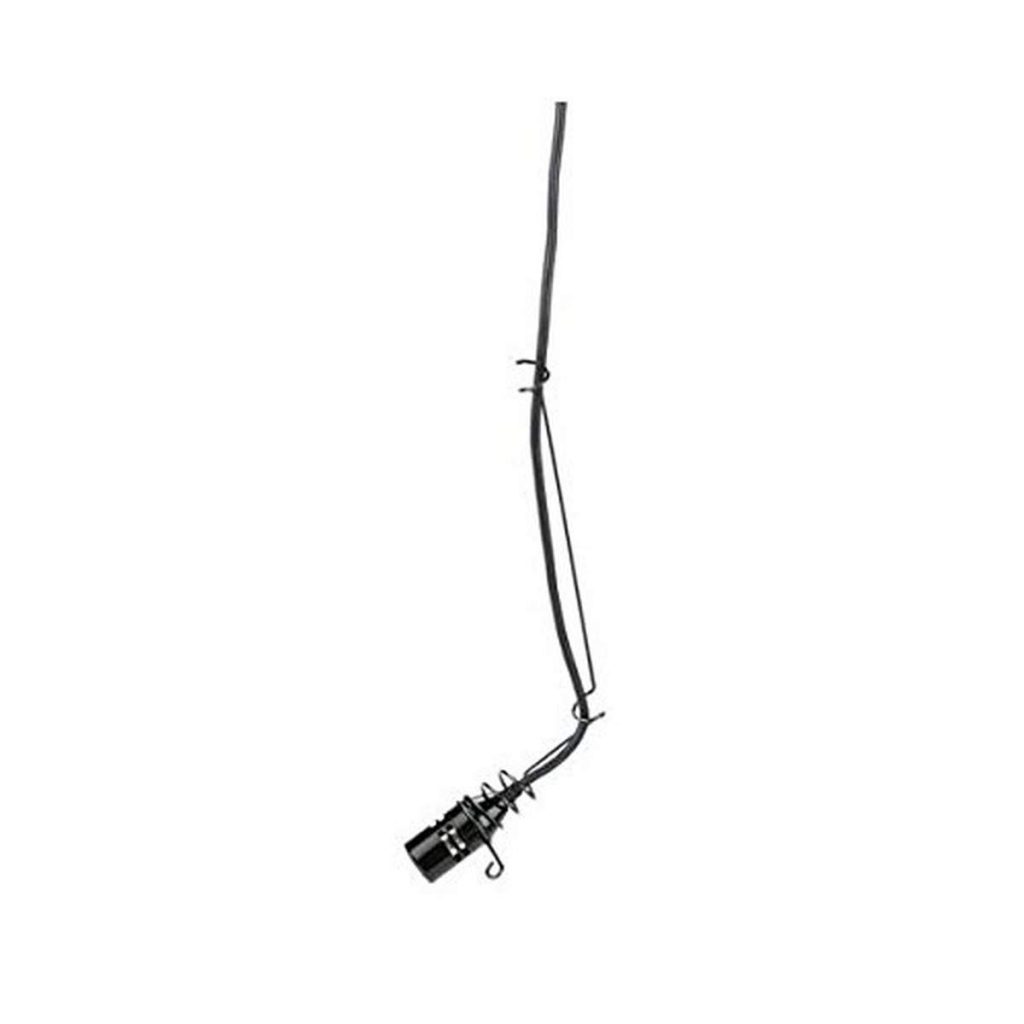
Choir Microphone
Choir microphones excel in capturing the harmonies and dynamics of vocal ensembles. Designed for clear, balanced sound reproduction, they enhance choral performances with precision and fidelity for an unforgettable auditory experience.
Different Types of Microphone
Dynamic Microphone
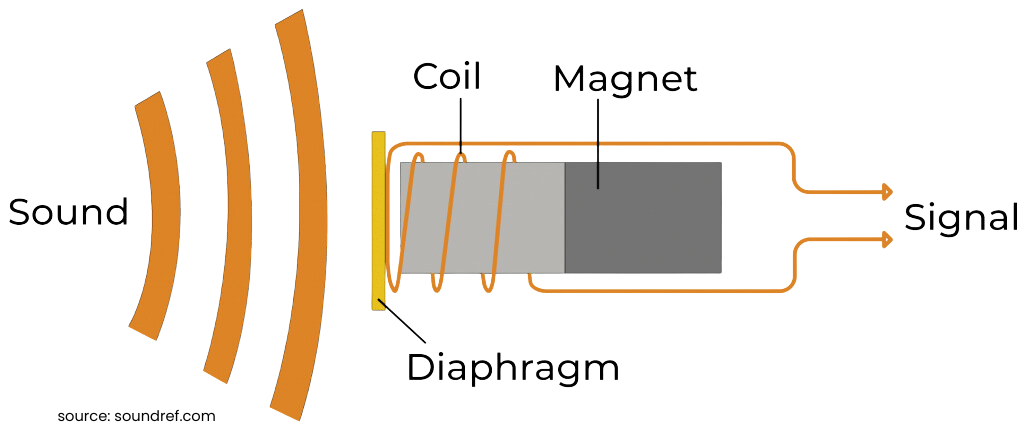
A dynamic microphone is a robust, versatile device commonly used in live performances, recording studios, and broadcasting. It operates on the principle of electromagnetic induction: sound waves cause a diaphragm to move within a magnetic field, generating an electrical signal. Due to their rugged construction and ability to handle high sound pressure levels, dynamic microphones are ideal for loud sources like drums and guitar amplifiers. They offer excellent durability, minimal sensitivity to moisture and dust, and do not require external power, making them reliable workhorses in various environments, favored for their affordability, reliability, and suitability for capturing dynamic sound sources.
Condensor Microphone
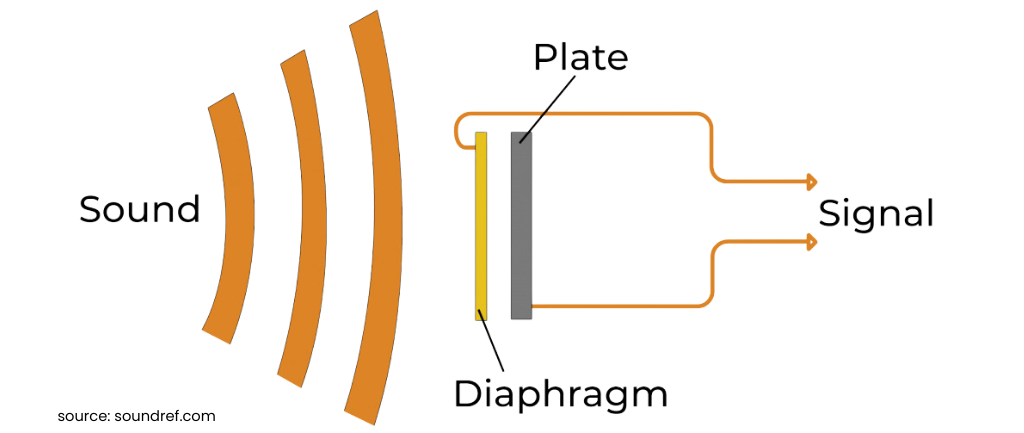
A condenser microphone is a sensitive, high-quality audio device widely used in recording studios, broadcasting, and live performances. Unlike dynamic microphones, condensers employ a capacitor to convert sound waves into electrical signals. This capacitor consists of a thin diaphragm positioned close to a backplate, creating an electrical charge variation in response to sound pressure changes. Due to their design, condenser microphones offer exceptional sensitivity, wide frequency response, and low noise, making them perfect for capturing nuanced vocals, acoustic instruments, and intricate sound details. They often require external power, either through batteries or phantom power, to operate effectively.
Ribbon Microphone
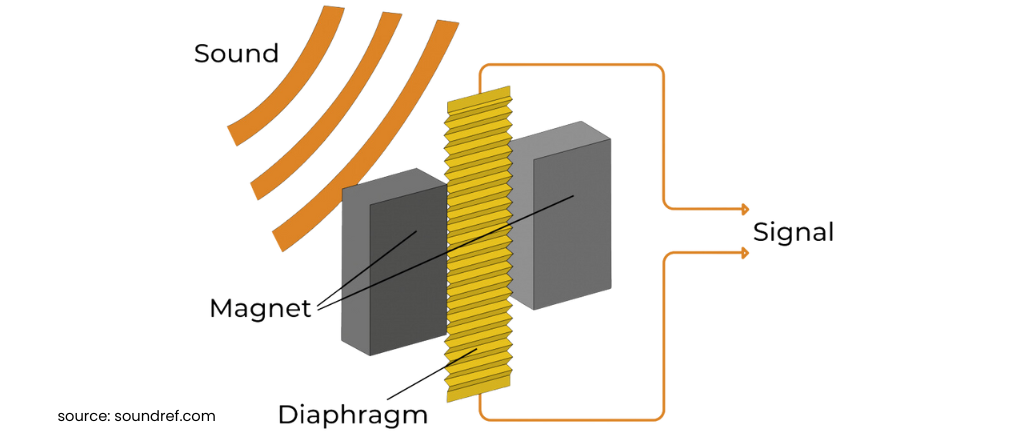
A ribbon microphone is a specialized audio device known for its unique design and warm, natural sound reproduction. It features a thin strip of metal (the ribbon) suspended within a magnetic field. Sound waves cause the ribbon to move, generating an electrical signal proportional to the sound pressure. Ribbon microphones excel at capturing delicate nuances and high-frequency details, making them popular choices for recording vocals, brass instruments, and strings. However, they are delicate and sensitive to high SPLs and rough handling. With proper care, ribbon microphones offer a vintage sound character prized by audio engineers for its smoothness and musicality.
Polar Patterns

In addition to microphone types, there are six fundamental polar patterns available for selection.
- Cardioid: Captures sound primarily from the front, minimizing noise from the sides and rear, ideal for isolating a sound source.
- Supercardioid: Offers more directivity than cardioid with a narrower pickup angle and some side noise rejection.
- Hypercardioid: Even more directional than supercardioid, isolating sound sources in noisy environments.
- Omnidirectional: Captures sound equally from all directions, suitable for ambient noise or natural soundscapes.
- Lobar: Also known as “Shotgun” or “Line,” it’s highly directional, capturing sound in a narrow beam. It’s useful for long-distance recording or isolating sound sources in noisy environments.
- Bidirectional (Figure-8): Captures sound from the front and back, useful for recording two sound sources simultaneously or capturing room reflections.
